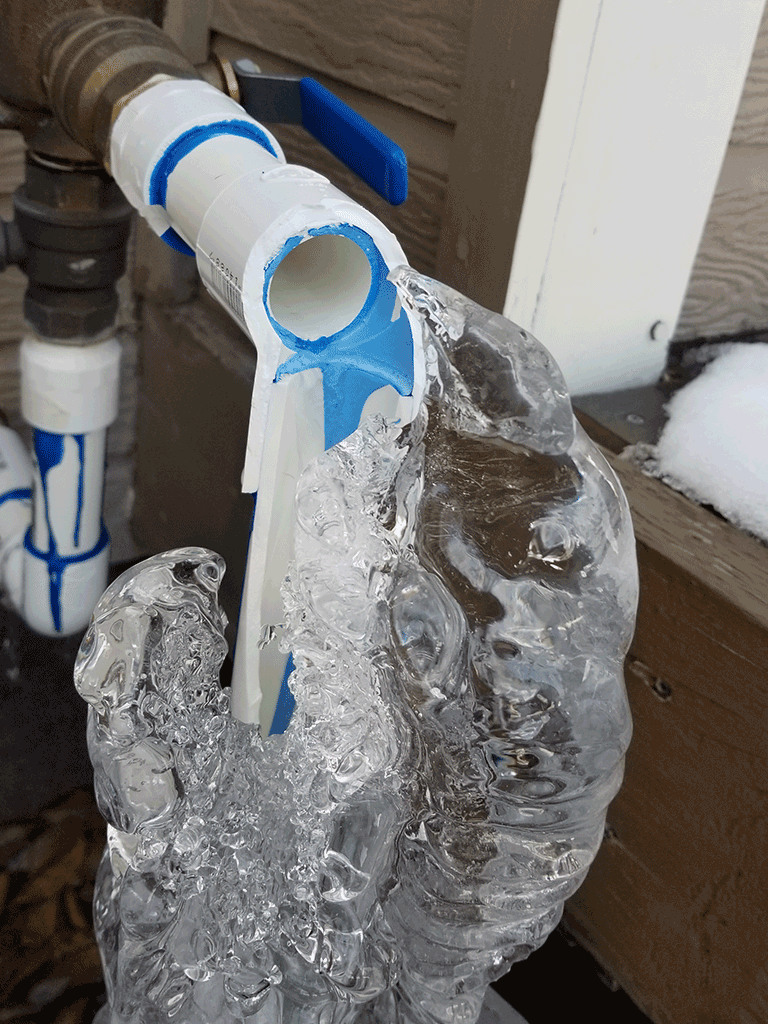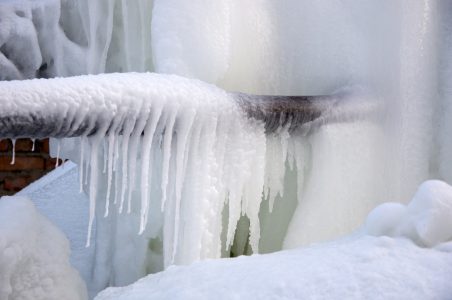Avoiding Frozen Pipes in Cold Weather: Key Tips
Avoiding Frozen Pipes in Cold Weather: Key Tips
Blog Article
We've discovered this great article on Preventing and dealing with frozen pipes directly below on the internet and felt it made good sense to write about it with you on this site.

Cold weather can wreak havoc on your pipes, especially by freezing pipes. Here's how to prevent it from occurring and what to do if it does.
Intro
As temperatures decrease, the risk of frozen pipes rises, possibly bring about costly repair services and water damages. Comprehending just how to prevent frozen pipelines is crucial for property owners in cool climates.
Prevention Tips
Protecting at risk pipes
Cover pipelines in insulation sleeves or use heat tape to shield them from freezing temperatures. Focus on pipelines in unheated or exterior locations of the home.
Heating strategies
Keep interior areas effectively heated, especially areas with plumbing. Open up cabinet doors to allow cozy air to circulate around pipelines under sinks.
How to recognize icy pipelines
Try to find reduced water circulation from faucets, uncommon smells or noises from pipelines, and noticeable frost on revealed pipelines.
Long-Term Solutions
Structural changes
Take into consideration rerouting pipes far from outside walls or unheated locations. Add added insulation to attics, basements, and crawl spaces.
Updating insulation
Purchase premium insulation for pipelines, attics, and wall surfaces. Correct insulation helps preserve consistent temperatures and lowers the danger of frozen pipelines.
Safeguarding Outside Pipes
Garden pipes and outdoor taps
Separate and drain pipes garden hoses prior to winter months. Set up frost-proof faucets or cover outdoor faucets with shielded caps.
Recognizing Icy Pipes
What triggers pipelines to ice up?
Pipes freeze when exposed to temperature levels listed below 32 ° F (0 ° C) for prolonged periods. As water inside the pipelines freezes, it expands, taxing the pipeline walls and possibly triggering them to rupture.
Risks and problems
Frozen pipelines can cause supply of water disturbances, property damages, and expensive fixings. Burst pipes can flood homes and create comprehensive architectural damage.
Signs of Frozen Piping
Identifying frozen pipelines early can stop them from breaking.
What to Do If Your Pipes Freeze
Immediate actions to take
If you suspect frozen pipes, keep faucets available to relieve pressure as the ice thaws. Utilize a hairdryer or towels taken in warm water to thaw pipes gradually.
Verdict
Avoiding icy pipes requires aggressive procedures and quick feedbacks. By comprehending the causes, signs, and preventive measures, property owners can protect their pipes during cold weather.
5 Ways to Prevent Frozen Pipes
Drain Outdoor Faucets and Disconnect Hoses
First, close the shut-off valve that controls the flow of water in the pipe to your outdoor faucet. Then, head outside to disconnect and drain your hose and open the outdoor faucet to allow the water to completely drain out of the line. Turn off the faucet when done. Finally, head back to the shut-off valve and drain the remaining water inside the pipe into a bucket or container. Additionally, if you have a home irrigation system, you should consider hiring an expert to clear the system of water each year.
Insulate Pipes
One of the best and most cost-effective methods for preventing frozen water pipes is to wrap your pipes with insulation. This is especially important for areas in your home that aren’t exposed to heat, such as an attic. We suggest using foam sleeves, which can typically be found at your local hardware store.
Keep Heat Running at 65
Your pipes are located inside your walls, and the temperature there is much colder than the rest of the house. To prevent your pipes from freezing, The Insurance Information Institute suggests that you keep your home heated to at least 65 degrees, even when traveling. You may want to invest in smart devices that can keep an eye on the temperature in your home while you’re away.
Leave Water Dripping
Moving water — even a small trickle — can prevent ice from forming inside your pipes. When freezing temps are imminent, start a drip of water from all faucets that serve exposed pipes. Leaving a few faucets running will also help relieve pressure inside the pipes and help prevent a rupture if the water inside freezes.
Open Cupboard Doors
Warm your kitchen and bathroom pipes by opening cupboards and vanities. You should also leave your interior doors ajar to help warm air circulate evenly throughout your home.

Do you really like more info about 6 Ways to Prevent Frozen Pipes? Give feedback directly below. We will be pleased to listen to your reactions about this page. We hope to see you back again in the future. Make sure you take the time to promote this entry if you appreciated it. Kudos for being here. Please pay a visit to our blog back soon.
Book Inspection Report this page